In the second of our series of Research Articles for 2015, we learn about some of the common myths of exercise from Dr. Sarah Gundy. Sarah is Project Officer for the EU funded AngioMatTrain project at CÚRAM Centre for Research in Medical Devices and she has also worked as an aerobics instructor and personal trainer in the fitness industry since 1997.
Debunking Common Myths of Exercise – here comes the Science bit!
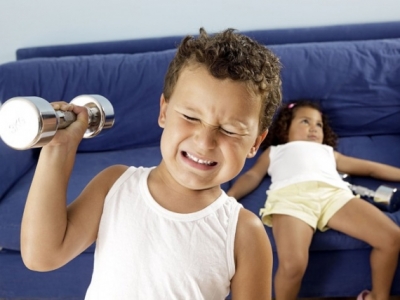
At one point in your life I bet you have said to yourself, “I really need to start doing more exercise.” The hardest part is taking the first step and doing that first workout. With all of the false information that is out there, it might make it even scarier to take the plunge. Here are three popular myths of exercise that can be debunked once the science is laid out.
Myth 1: “Working out should hurt.” (AKA No pain, no gain)
It is normal for your muscles to feel a bit sore for a day or two after a tough workout. This is called delayed onset muscle soreness (DOMS). DOMS can usually be felt six to eight hours following exercise and peaks around 24 to 48 hours after a training session. The symptoms will often start to go away after 72 hours, but the timing and amount of soreness varies.
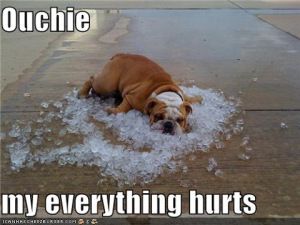
Contrary to popular belief DOMS is not caused by a build-up of lactic acid. When you exercise, the body breaks down molecules in order to get the energy that it needs. As a result of this metabolic breakdown your cells become more acidic. The burning sensation that you might feel in your muscles during a workout is the result of your cells becoming more acidic, not because of lactate. The lactate is a by-product of the metabolic process and actually slows down the rate at which the cells become acidic. The lactate that your body produces usually clears your system within an hour after exercising.
DOMS is actually caused by microtears in your muscles and connective tissues which causes inflammation. The body fixes these microtears by making the muscles larger and stronger in order to better prepare you to do that activity again. If you feel pain during your workout, it could be a sign of an injury. Muscle soreness felt gradually after a workout caused by DOMS means you’re pushing yourself. Pain felt immediately means you’re working out wrong!
Myth 2: “You will burn 1000 calories if you do this exercise class”
We have all seen a claim for some exercise class claiming to burn a ridiculous number of calories. For simplicity’s sake, I will use the number of calories a person burns while running as an example. On average, a person will burn 100 calories per every mile that they cover whether they walk or run the distance. Therefore, in order to burn 1000 calories in a typical hour long exercise class you would have to expend the same energy required to run ten miles (16 km) within an hour. This is the equivalent of running a six minute mile (or three minute 45 second km) for ten miles. Do you know anyone who can do this? Paula Radcliffe, yes, but not your typical exercise class participant.
On average, a typical one hour cardiovascular based (not Pilates or yoga!) aerobics class will burn anywhere between 350-750 calories. Note that this is a very broad range of calories. The number of calories burned is totally up to the individual performing the exercise and depends upon a lot of factors such as age, gender, exercise intensity and heart rate. For example, a man in his mid-20’s weighing 80 kg working at a high intensity will burn at the higher end of the range as opposed to a woman in her early 40’s weighing 60 kg working at a low intensity.
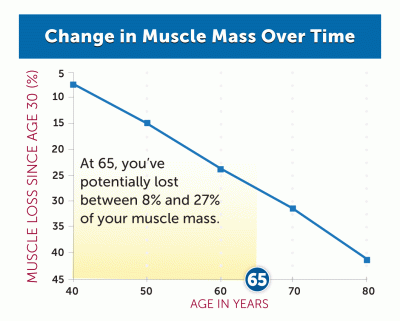
Let’s investigate these factors more in depth. Generally, our muscle mass decreases at an average rate of 1% per year after the age of 40 if we are inactive (Yikes!). This decrease is due to a reduction of hormones, nerve cells and the body’s ability to synthesise protein. Less muscle mass means a lower calorie burn. This leads us into our next factor of gender. Men usually have a greater muscle mass than woman due to them having more of the hormone testosterone (Women generally have about seven times lower concentrations of testosterone than men do). This means men will on average burn more calories due to their increased muscle mass.
The next factor, exercise intensity, is pretty self-explanatory. The person exerting a lot of energy in a tough spinning class will burn more calories than a person leisurely reading on a stationary bicycle. This is because the more effort you exert the higher your heart rate is. When you exercise, your heart needs to work hard enough to deliver enough oxygen to fuel your muscles. As you work harder, your heartbeat beats faster and produces more oxygen. The larger amount of oxygen increases how many calories you burn while you are exercising. This introduces us to the science behind debunking our next myth.
Myth 3: “I should exercise at a lower intensity to burn more fat”
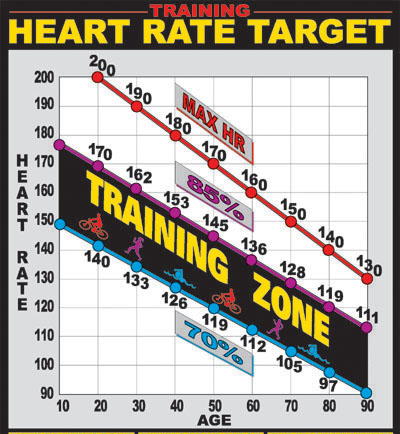
You may have heard the term and seen the fancy formulas for calculating your Target Heart Rate (THR). THR represents the minimum and maximum number of heart beats per minute needed during exercise to achieve cardiovascular benefits. The American College of Sports Medicine recommends that your THR is at an intensity level of 60% to 85% of Maximum Heart Rate which is determined by your age. When you work out at the lower intensity, 80% of the calories that you burn come from fat. However, when you work out at the higher intensity, only 60% of the calories that you burn come from fat, but a greater number of total calories are burned. So, which is better?
When exercising at a lower intensity (for example: walking) for 15 minutes, you might burn about 100 calories with about 80% coming from fat. This means that 80 calories of fat are burned. When exercising at a higher intensity (for example: running) for 15 minutes, you might burn about 150 calories with about 60% coming from fat. This means that 90 calories of fat are burned. So, even though walking burns a greater percentage of calories from fat, the running burns a greater total of fat calories. Exercising at a higher intensity will burn more calories in a shorter period of time.
Now that I know the science, how do I get started?
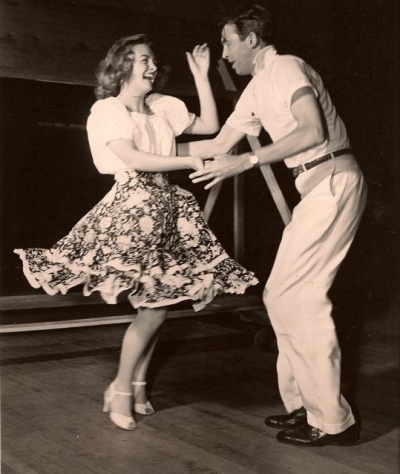
As a fitness instructor, I have heard lots of people say to me “I need to start running” with dread in their voice before they even get started. So, I ask them “Do you like running?” Most of the time, people have not even considered the fact that they can enjoy exercise.
Think outside the box when it comes to getting active. These days there are many dance classes such as salsa and swing being offered that can provide a work out while being great fun. Also, there are team sports such as local tag rugby or football teams that can provide an additional social outlet. Alternatively, think simply when starting up exercise. For example, walking is a fantastic way to be active that can be incorporated into your daily routine. The most important thing is to find an activity that you enjoy that will be easy for you to continue to do. There is no point in taking up running if you hate it and will just give it up.
Keep in mind that everyone’s fitness goals will be unique to themselves. For example, if you have not been doing exercise for a good while, your goal may be to run for a full minute as opposed to someone who has been running for years whose goal is to complete a marathon.
Do not measure your success by comparing yourself to others, but to your own personal progress!
Useful Links:
Fitness 101: The Absolute Beginner’s Guide to Exercise, WebMD

